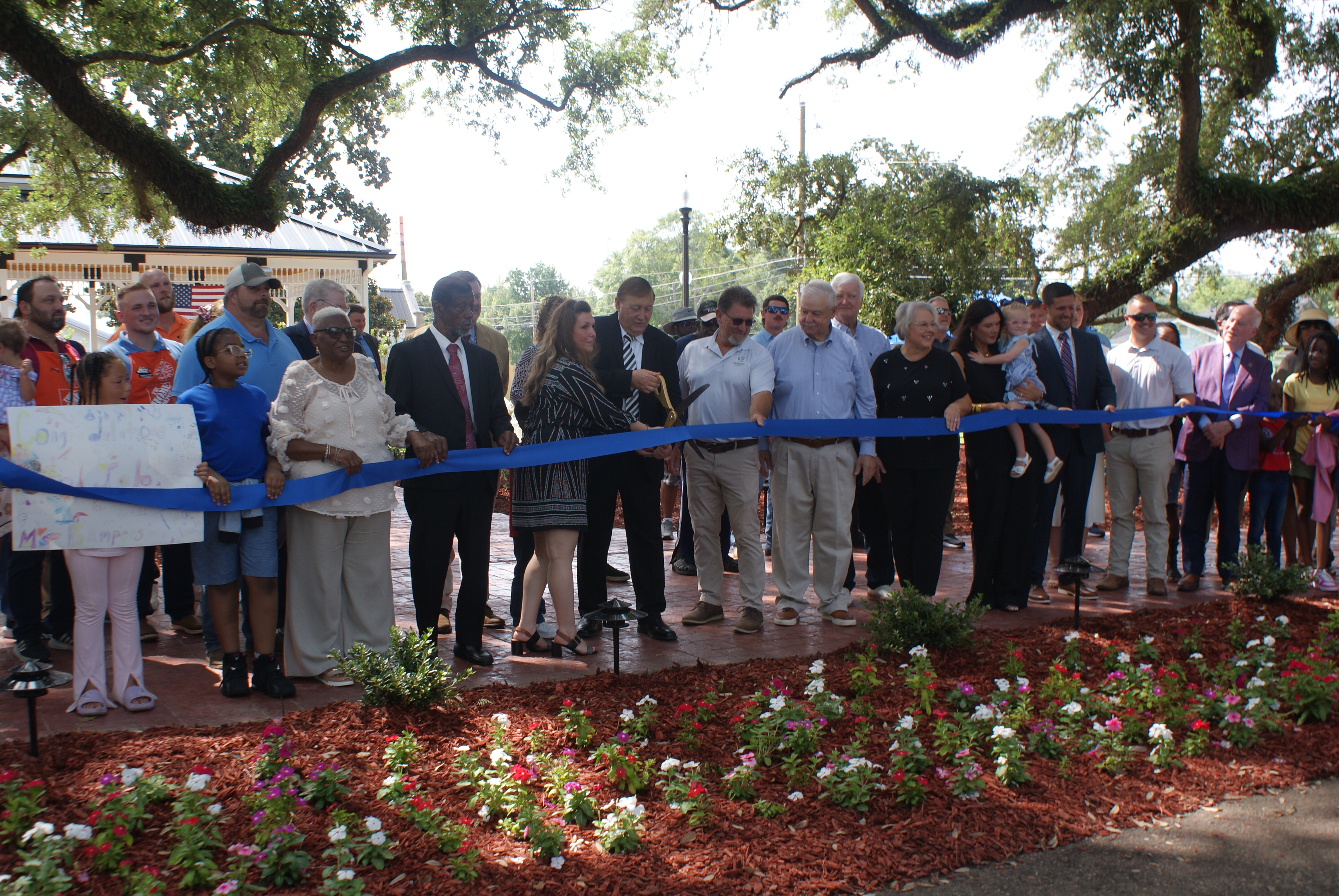Roseland Park kids finish project
Published 12:02 am Sunday, May 20, 2007
A Roseland Park Elementary School third grade class taught by Susan Burns held a parachute drop Friday morning as part of a class science project.
The project was funded by the Science and Math Improvement Grant from the Toshiba America Foundation in New York City. Burns, who was the creator of the project, said this was the third year the school has received this grant.
The students spent about six weeks on the project, said Burns, which included planning, designing and engineering the parachutes. Burns said the project helped students achieve language and mathematics benchmarks, in addition to the science part of the project.
The students made patterns for their parachutes and did test trials to observe which patterns they thought would be suitable. The students kept an engineering portfolio, which contained all their work. They kept a log of their test trial data and observations, as well as the processes they followed during the project.
Using the results of the test trials, the students made parachutes of different shapes using two foot squares of parachute cloth. Each student designed his or her own parachute based on data from the test trials. They then used strings of differing lengths for shroud lines and attached washers to provide weight to the parachutes.
The students gathered on the playground Friday morning where Chris Allison and Joe Russell of Picayune Fire Department Station One were on hand with the ladder truck to drop the parachutes. Russell manned the ladder while Allison took the parachutes up the ladder and dropped them one by one.
Students took pictures, recorded wind speed and timed the descents of each parachute. Anemometers, which are devices used to measure windspeed, and stopwatches were provided by funds from the grant.
After the drop was over, the students gathered in their classroom to compare notes and tell what they had learned from the project.
Burns said the students determined the average wind speed was eight miles per hour, that parachutes with long shroud lines were too unstable, the octagonal and circular chutes worked the best and the average time of descent was approximately 14 seconds.
Of the twenty-something chutes that were dropped, students noted that only five landed in trees, said Burns.
“With science, even if you mess up, you learn,” said Burns.
Burns said the students did almost all the work themselves, with only minor assistance from herself and her teaching assistants, Kim Authement and Wendy Houchin.
“That’s what it’s all about, getting them to the point where they can handle it themselves,” said Burns, “because that’s what life is all about.”





